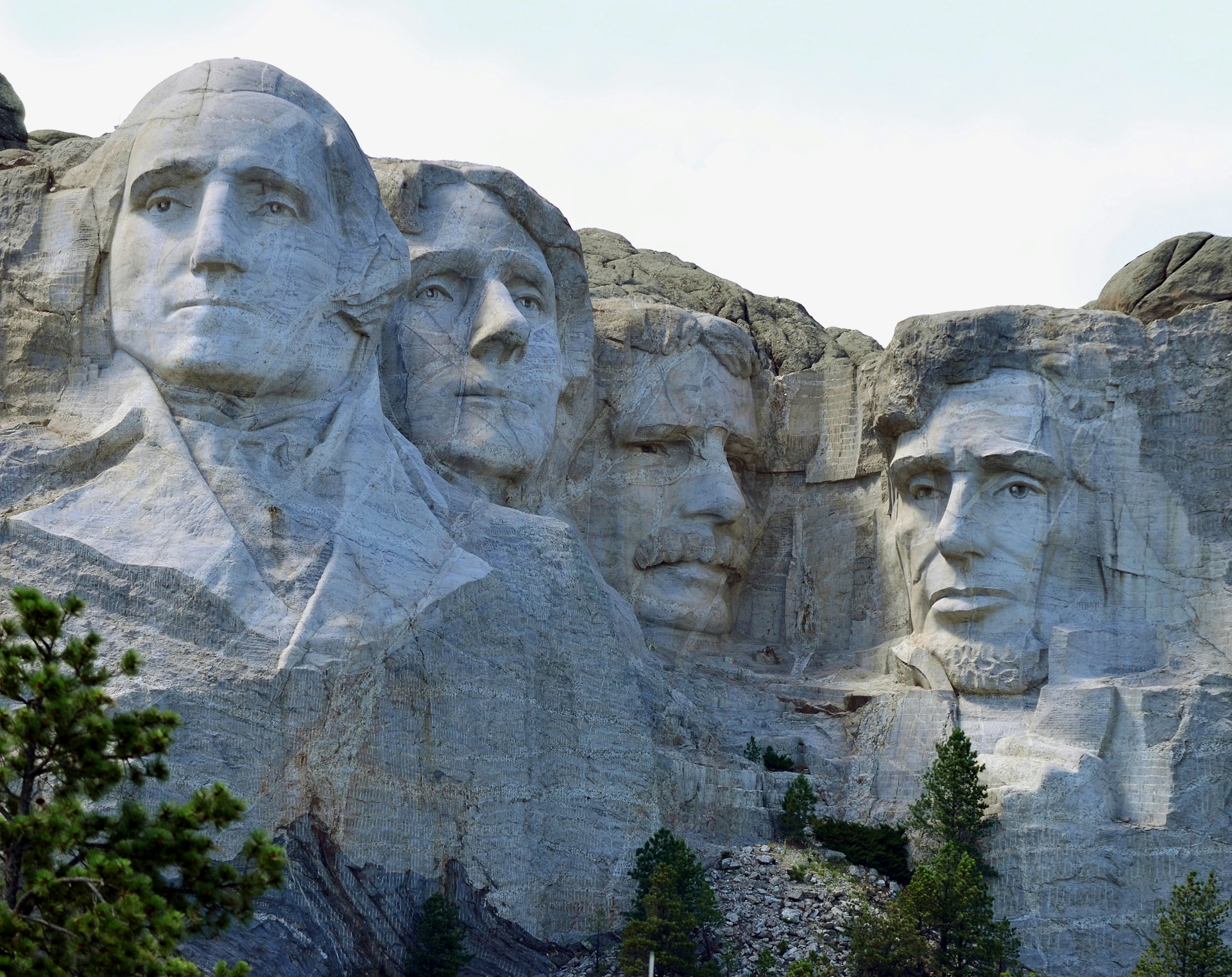America’s national memorials are more than mere constructions of stone and metal—they are dynamic testaments to the rich, multifaceted history and cultural heritage of the United States. For those with a zest for both history and road trips, embarking on a car tour of these monuments provides a singular way to personally engage with America's past at your own pace. From the dynamic avenues of Washington, D.C., to the tranquil vistas of South Dakota, each memorial unfolds a narrative deserving of exploration from behind the steering wheel.
Before setting off, it might be wise to consider a vehicle suited for lengthy journeys across diverse terrains. Exploring car auctions in Texas might offer a cost-effective way to secure a dependable vehicle for your travels. With the right car, you can comfortably traverse between urban lanes and rugged mountain paths.
Planning Your Route
Strategically planning your car tour of America’s national memorials can optimize your time and unveil additional attractions en route. Begin with the most celebrated memorials in Washington, D.C., such as the Lincoln Memorial, the Washington Monument, and the World War II Memorial. These sites provide not only historical insights but also breathtaking vistas, especially striking at dawn or dusk.
Proceed north to Pennsylvania to visit the Flight 93 National Memorial, a moving homage to the passengers and crew who courageously countered terrorists on September 11, 2001. Next, journey west to Indiana to explore the George Rogers Clark National Historical Park, honoring the feats of an American Revolutionary War hero.
Must-Visit Memorials
Mount Rushmore National Memorial, South Dakota: A trip to the national memorials wouldn’t be complete without beholding the impressive visages of George Washington, Thomas Jefferson, Theodore Roosevelt, and Abraham Lincoln etched into Mount Rushmore’s granite facade—a symbol of American endurance and aspiration.
Vietnam Veterans Memorial, Washington, D.C.: In the capital, the Vietnam Veterans Memorial stands out with its stark black granite walls inscribed with the names of over 58,000 Americans who perished in the Vietnam War. Its reflective surface fosters a personal interaction with history, rendering it an essential stop for contemplation.
Jefferson National Expansion Memorial, Missouri: Commonly referred to as the Gateway Arch, this St. Louis landmark embodies the westward growth of the United States. An optional tram ride to the summit offers sweeping views of the Mississippi River and downtown St. Louis.
Driving Tips
When visiting national memorials by car, keep in mind the following practical advice:
- Check Hours and Accessibility: Memorial operational hours can vary, and some might be less accessible by car during peak times. Always verify the most current information either through the National Park Service website or specific local sites.
- Respect the Rules: These places hold significant national value and should be treated with reverence. Adhere to all displayed rules, maintain low noise levels, and ensure your presence does not disrupt other visitors.
- Parking: In metropolitan areas like Washington, D.C., parking can be limited. Plan your parking strategy in advance, which may involve parking outside the city and utilizing public transport.
- Plan for Weather: Weather conditions can significantly differ across the country and even within a single day. Pack suitable attire and gear, especially if you plan to partake in walking tours or other outdoor activities at the memorials.
Enhancing Your Experience
To truly enrich your visit, consider connecting with local guides or downloading specialized tour apps for each memorial. These resources can offer deeper historical context and stories not readily apparent from the signs alone.
Furthermore, maintaining a travel journal during your visits can capture the emotions and insights experienced, serving as a personal keepsake and deepening your understanding of the historical significance of these sites.
Conclusion
Exploring America’s national memorials by car merges adventure, education, and introspection. Driving from one site to another allows for a profound appreciation of the landscapes and narratives that have shaped the United States. Each monument, with its unique story and backdrop, adds to a more comprehensive understanding of American heritage. With thorough preparation and respect for the sites, this road trip can transform into an immensely fulfilling journey through the core of American history.
